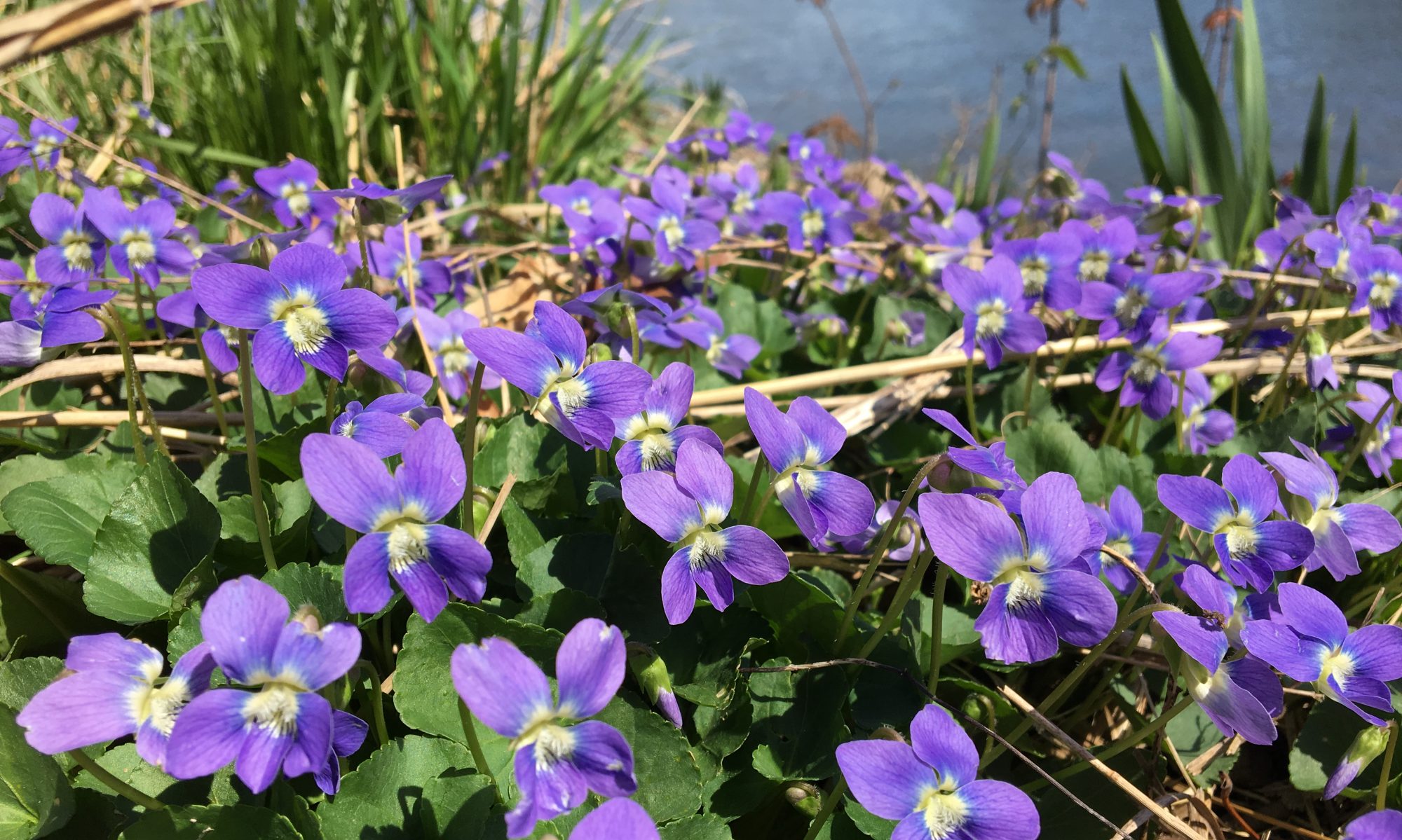General Garden Care
Remove winter debris from lawn and garden beds.
Consider a soil test if you have not had one before. Soil temperature must be 50 degrees for a proper reading. Tests can also be performed in the fall.
To avoid compacting garden soil, wait until it has dried out before tilling, planting, or even walking in the garden beds. Mix in 6 inches or more of compost or leaf mold to lighten heavy soil.
Tree and Shrub Care
Spray fruit trees or large deciduous trees with dormant oil. Spray if aphids, scale, or mites were a problem in the past. Temperatures must be at least 40 degrees with no chance of freezing or rain within the following 24 hours. Avoid spraying arborvitae, beech, red maple, Japanese maple, sugar maple smokebush, blue spruce, blue cultivars of juniper, and yew.
To reduce the spread of oak wilt, all oak pruning should be completed in March, or before the oaks begin active growth. Pruning should not resume until after the first frost, or around November 1.
Prune fruit trees in early March on a dry day before buds swell. As with all pruning chores, sterilize pruning tools with a 10 percent solution of bleach before each cut.
Prune spring-flowering trees and shrubs immediately after they flower to preserve this season’s flower display.
Prune roses when the forsythia begins to bloom.
Plant trees and shrubs before they break bud and when soil conditions permit. If spring weather is unusually wet, consider planting in the fall when the plants begin their dormancy.
Indoor Plant Care
Continue to care for indoor flowering gift plants. Azaleas require even moisture and bright light. Deadhead to keep plants blooming for four to six weeks. Azaleas can go outside to a partly shaded location after May 15, but must come back in before fall frost.
Primrose plants can be discarded after flowering or planted directly in shaded, well-drained garden area. Indoor-blooming tulip, daffodil, hyacinth, or crocus plants can be planted outside and treated like outdoor bulbs after they have flowered but there is no guarantee they will flower the following year.
Get a head start on summer-blooming bulbs and tubers by starting them indoors in moist, soilless mix. Keep warm until new growth appears. Move pots into a sunny window or under grow lights if necessary. Move these pots outside when all danger of frost has passed, after gradually introducing plants to warm weather conditions.
Repot houseplants, including orchids, after they have flowered and if they have become rootbound. Increase pot size by one inch. Change the potting soil/fir bark but do not change the level at which the plant was situated in the pot.
Fertilize houseplants as they begin new growth. Try low dosages of organic fertilizers or a very dilute, balanced granular fertilizer rather than stronger formulas. Telltale white salt markings on terra cotta pots indicate overuse of fertilizer. Flush out soil of overfertilized plants with plain water.
Propagate houseplants. Softwood cuttings, leaf cuttings, air-layering, cane cuttings, or division may all be done this spring.
Start seeds of warm-season annuals and vegetables in a moist, soilless seed mix. These seeds are started six to eight weeks before the spring frost date of May 15. They can be planted in containers or garden beds after May 15.
Annual and Perennial Care
Look for early spring-blooming bulbs (sometimes beneath the snow or ground cover).
Gently press back any perennials that heaved out of the ground over the winter. Mulch those plants with several inches of shredded material.
As days warm up, gradually pull back mulch from around perennial crowns.
Remove dead leaves from perennial clumps taking care not to injure emerging new leaves.
Cut back to the ground all perennials and ornamental grasses that were left standing for winter interest.
Prune back to 12 inches stems of autumn-flowering clematis vines.
Fruit, Vegetable, and Herb Care
Prune grapevines according to selected method. Prune raspberry bushes and reattach canes to support system, if necessary. Some mow raspberry patches to the ground to encourage one big crop during summer. Everbearing bushes should not be mowed down.
When soil temperatures are consistently in the 50s, sow seeds of cool-season vegetables directly into the garden. If seeds were started indoors, small transplants can be moved outside after a period of adjustment. Cool-season vegetables that can be direct-seeded include the root crops of beets, carrots, radishes, parsnips and turnips; the leaf crops of chard, loose-leaf lettuces, spinach, mesclun mix, mustard and collard greens, and kale. The crops that should be started indoors and moved outside as transplants are broccoli, the cabbages, and cauliflowers.
